
Insects have long been a staple in many cultures around the world, often praised for their nutritional benefits and environmental sustainability. While the idea of consuming insects may seem unusual to some, they are an integral part of numerous popular foods. From crunchy snacks to flavor enhancers, insects are making their way into familiar dishes in surprising ways. These are 12 insects used in popular foods.
1. Crickets
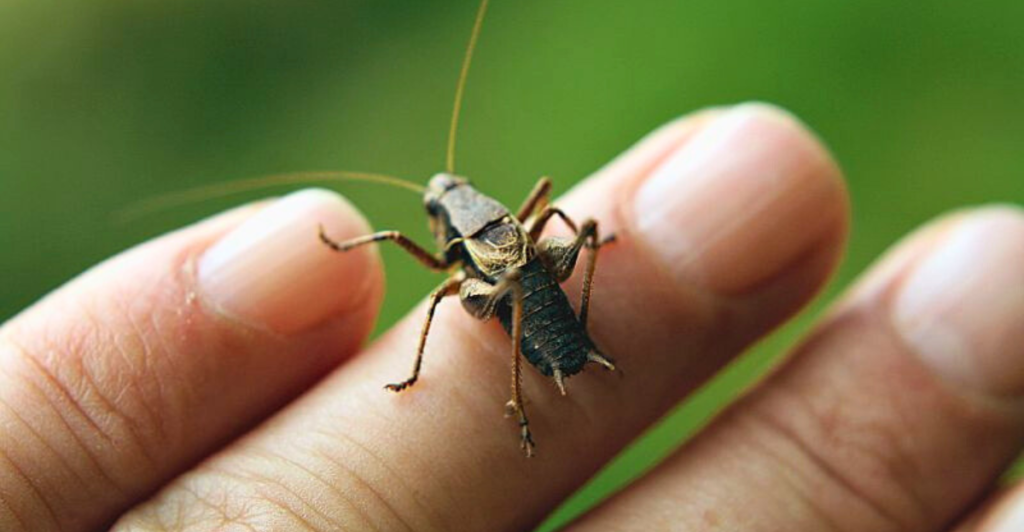
Crickets have gained popularity as a sustainable protein source, particularly in the form of cricket flour. Found in products like protein bars, baked goods, and pasta, cricket flour is packed with protein, including all nine essential amino acids, as well as vitamins and minerals. Cricket farming is more resource-efficient than traditional livestock, using less water, feed, and space. The mild, nutty flavor of cricket flour makes it a versatile ingredient in a variety of dishes.
2. Mealworms
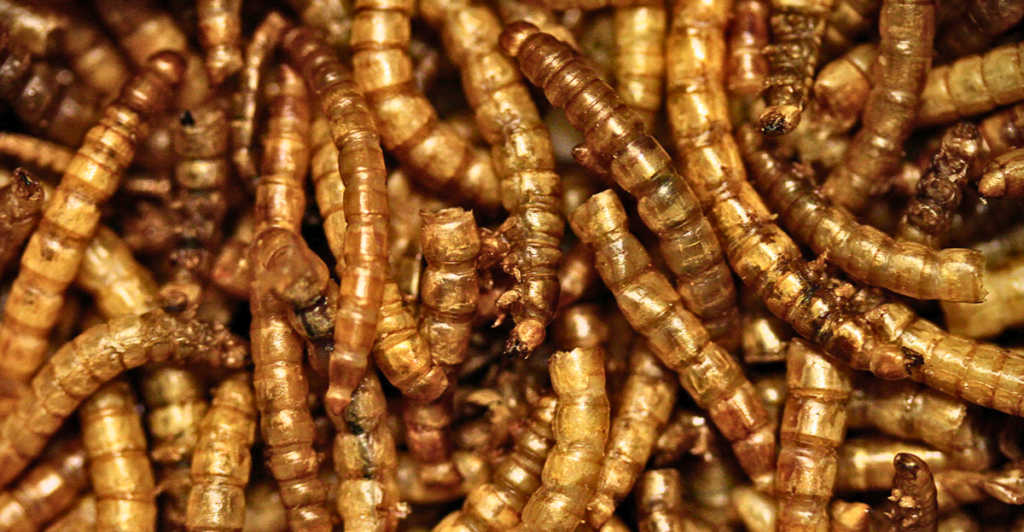
Mealworms are gaining traction as a sustainable protein source, often processed into flour or used whole as a meat substitute. Mealworms typically have a protein content of about 50-60% by dry weight, while beef usually contains around 20-25% protein by weight. Mealworm farming is environmentally friendly, requiring minimal resources. Their mild, slightly nutty flavor makes them versatile in cooking, from savory dishes to baked goods.
3. Black Soldier Fly Larvae
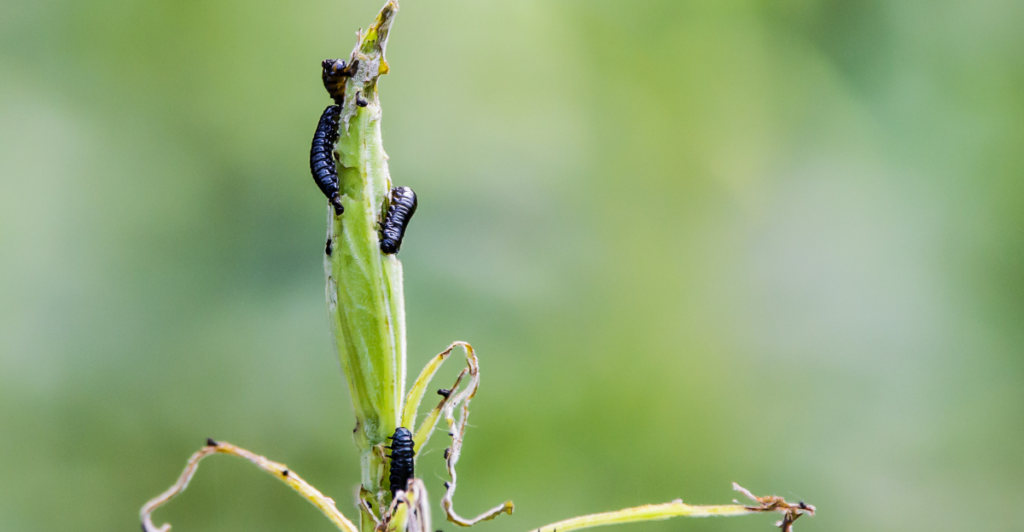
Black Soldier Fly Larvae are known for transforming organic waste into high-quality protein, making them a sustainable source of nutrition. Rich in protein and healthy fats, including lauric acid, these larvae are primarily used in animal feed. However, their potential for human consumption is gaining traction, with increasing use in protein powders and as ingredients in processed foods.
4. Cochineal Beetles
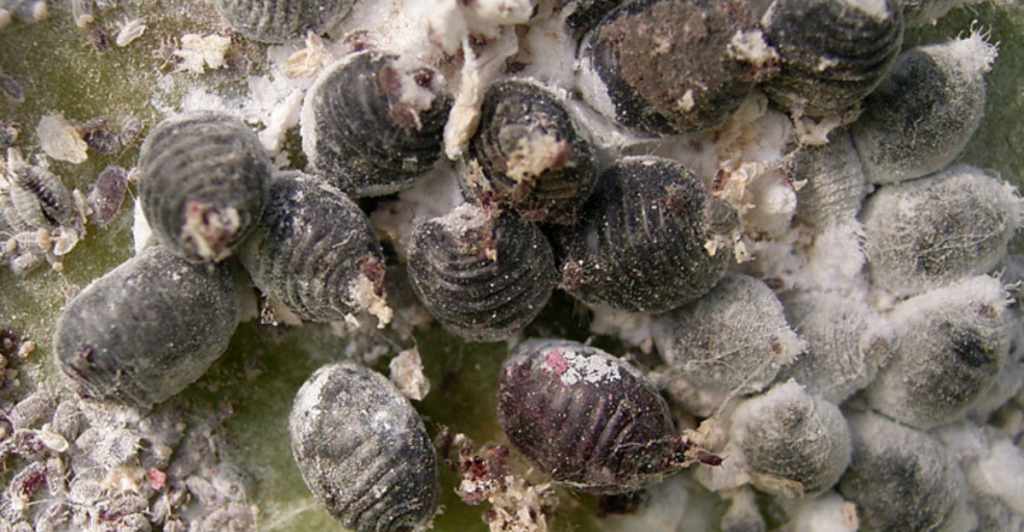
Carmine, a natural red dye derived from cochineal beetles, is widely used in foods, cosmetics, and textiles. The dye is extracted from the female beetles, which are harvested, dried, and processed to produce the vibrant pigment. Known for its stability and rich color, carmine is often preferred over synthetic dyes. However, its use has sparked controversy, with ethical concerns about its insect origin and potential allergic reactions in some individuals.
5. Lac Bugs
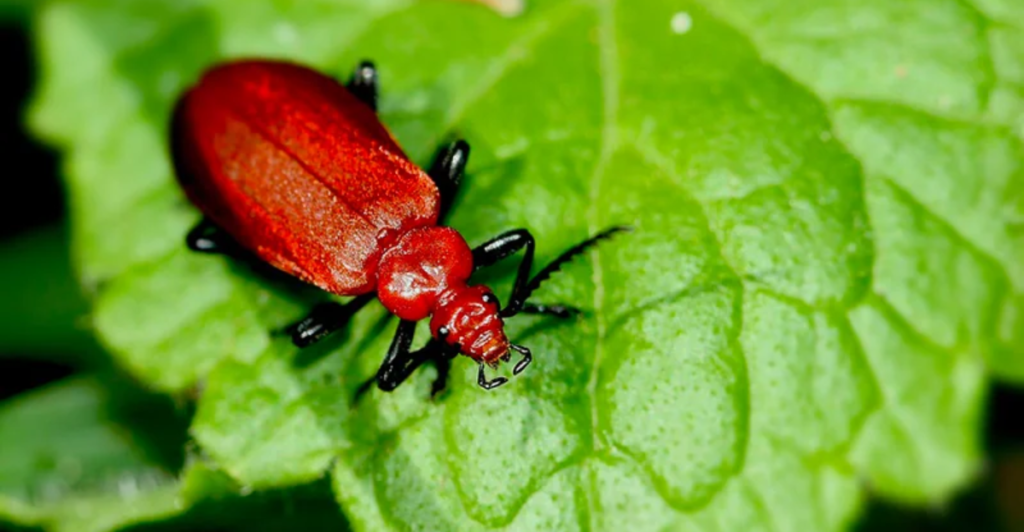
Lac bugs produce a resinous secretion used to make shellac, a natural polymer commonly used as a food glaze. Shellac provides a glossy finish and acts as a moisture barrier, often found on candies like jelly beans and chocolate-coated nuts. While generally recognized as safe, its insect origin has sparked some controversy.
6. Black Ants
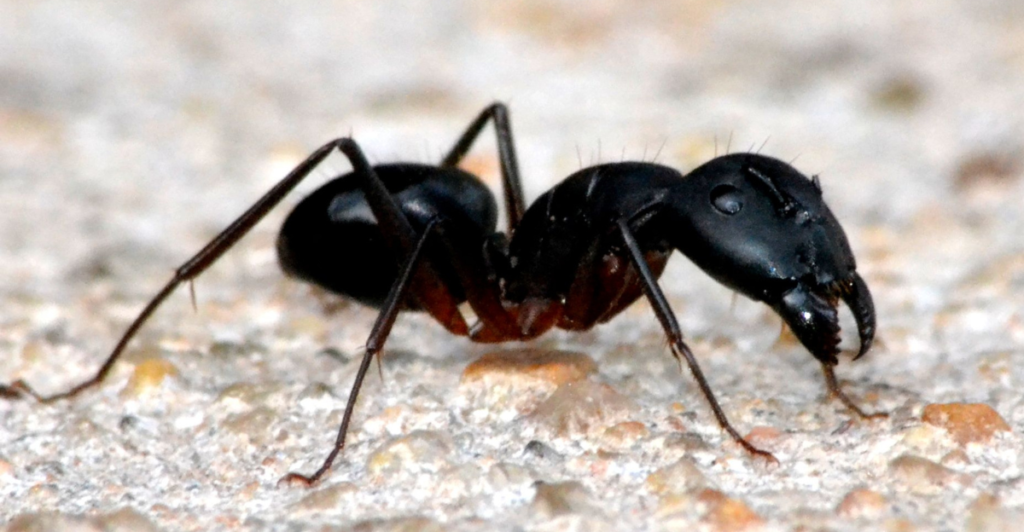
Certain species of black ants, like the lemon ant, are used in cuisine for their citrusy, tangy flavor, which comes from the formic acid they produce. In culinary traditions, particularly in South America and Southeast Asia, black ants are added to dishes or used as a garnish for cocktails. Some innovative chefs have even incorporated them into haute cuisine.
7. Caterpillars
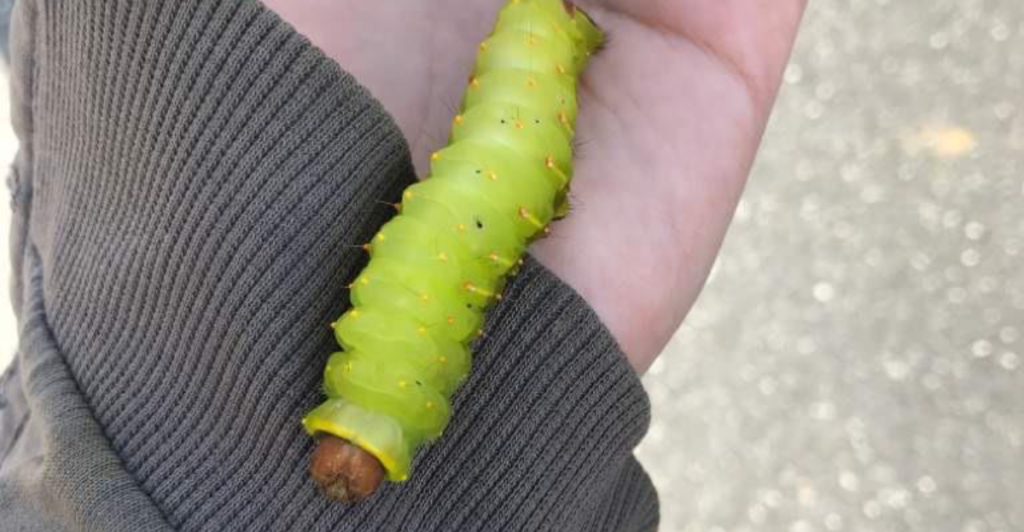
Caterpillars are a traditional food source in many parts of the world, especially in Africa, Asia, and Latin America. They are high in protein and essential fatty acids and are typically prepared by frying, roasting, or braising, giving them a crunchy texture. Their flavor can vary depending on the species and diet. With the growing interest in entomophagy, caterpillars are also being explored as a sustainable protein source in Western countries.
8. Silkworms
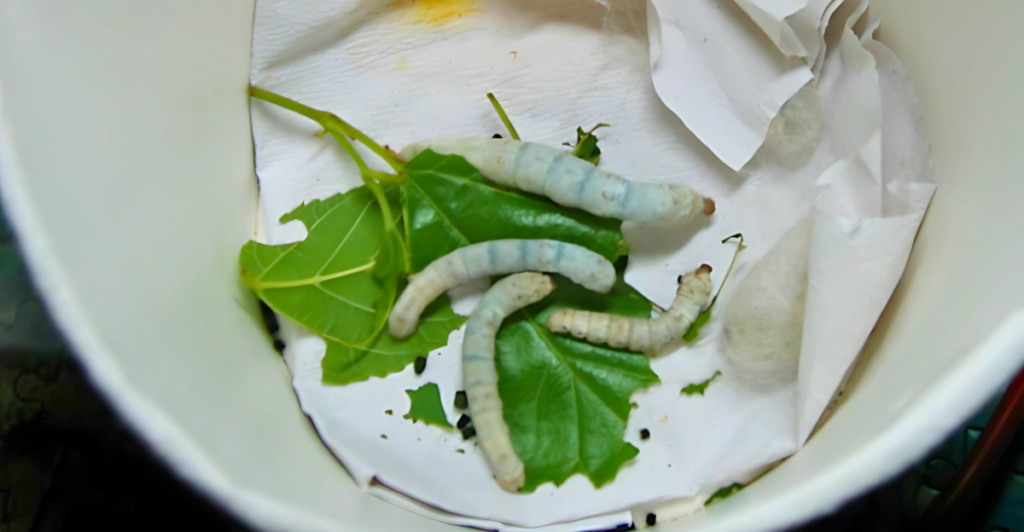
Silkworms have been part of Asian cuisine for centuries, and they are known for their high protein content and all essential amino acids. Traditionally stir-fried, roasted, or ground into powder for various dishes, their mild, nutty flavor makes them a versatile ingredient. Recently, innovative chefs have begun incorporating them into fusion cuisine.
9. Cicadas
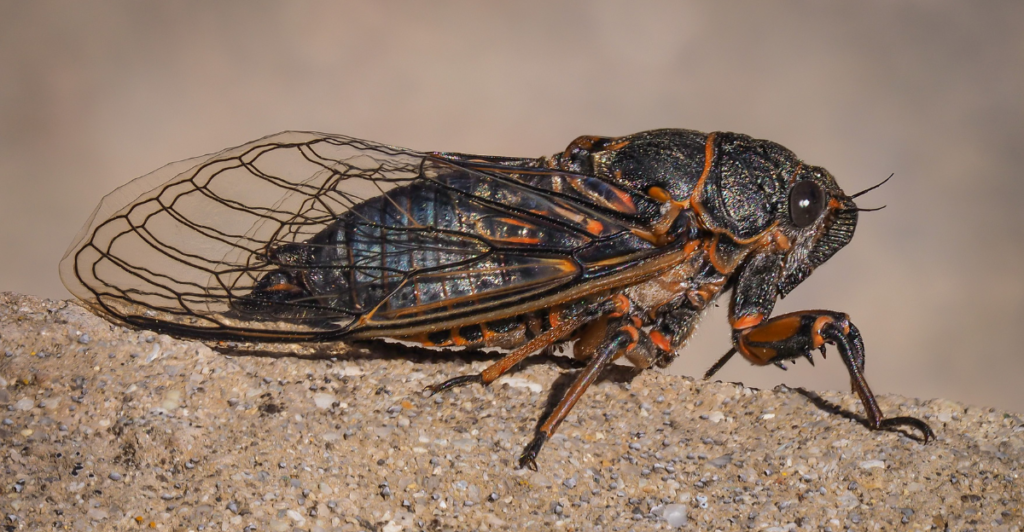
Cicadas have been consumed by various cultures throughout history and are known for their nutty, shrimp-like flavor. They’re typically blanched, then fried or roasted. Nutritionally, cicadas are high in protein and low in fat, and some chefs have incorporated them into dishes like stir-fries, tacos, and even desserts.
10. Roaches
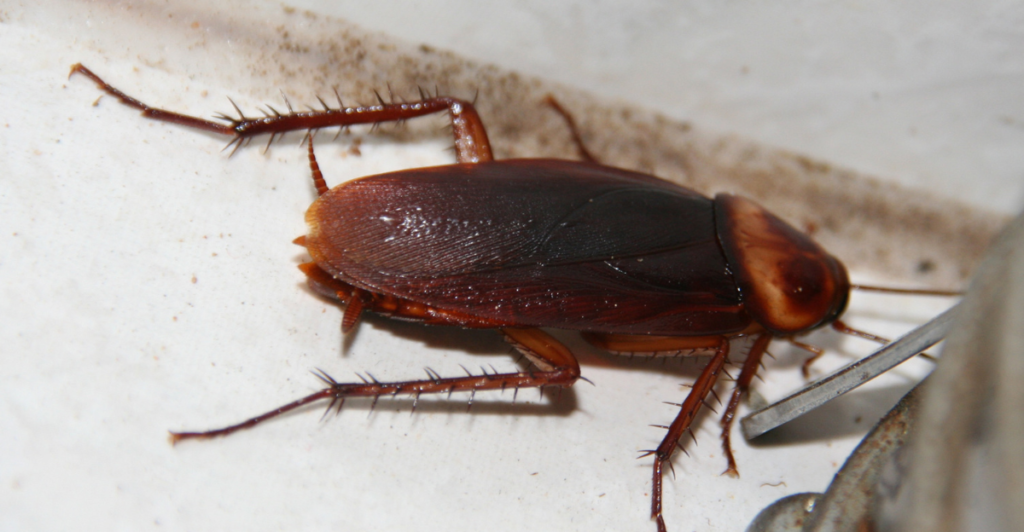
Dubia roaches are becoming increasingly popular as a cricket alternative. They typically contain 50-60% protein by dry weight and are particularly rich in essential amino acids, making them a nutritious option for both pets and humans.
11. Palm Weevil Larvae

Palm weevil larvae are considered a delicacy in parts of Africa and Southeast Asia. They’re rich in protein, healthy fats, and essential minerals. Traditionally roasted, fried, or grilled, they’re now being ground into flour to enrich baked goods.
12. Grasshoppers
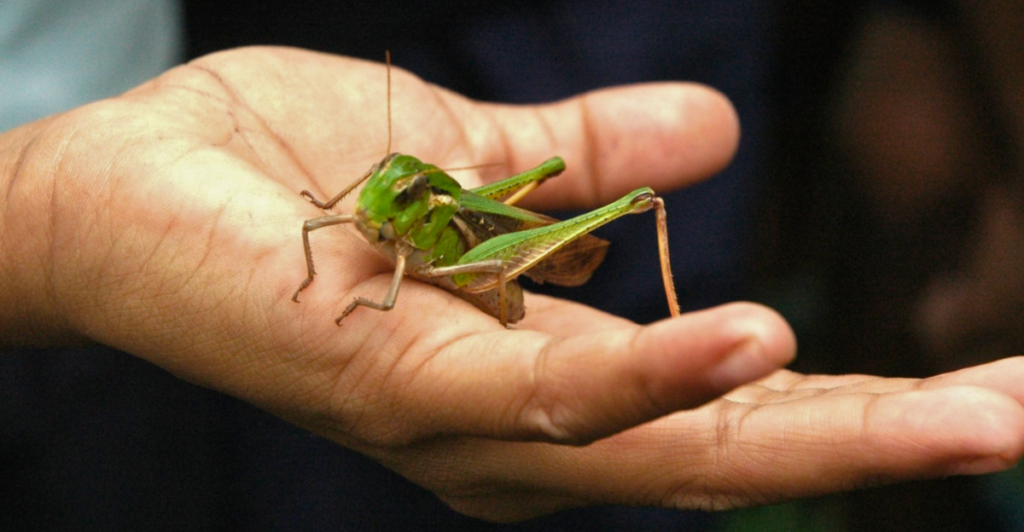
These insects are nutritionally rich, containing about 40% protein and 43% fat, mostly unsaturated. They’re also high in minerals like iron, zinc, and calcium.
Source:
Foods containing Insects Texture Measurement
Disclaimer: This article was written with the assistance of AI and was edited/fact-checked by a human.
Stay connected with us for more stories like this! Follow us to get the latest updates or hit the Follow button at the top of this article, and let us know what you think by leaving your feedback below. We’d love to hear from you!







